The Laskin today
With valuable support from its sponsors, the Laskin provides a unique opportunity for law students, judges, law teachers and practitioners from across Canada to meet and debate problems of current importance in the law. Its goals are to foster a better and deeper understanding of the law and to support and encourage legal education and bilingualism while at the same time promoting in the legal community a spirit of cooperation and understanding that transcends linguistic and provincial boundaries.
Many students who participate in the Laskin describe the experience as the most rewarding of their law school education. Each year, more than 90% of participants answer in post-competition surveys that they would recommend the Laskin to students for next year.
The Laskin is sponsored and managed by Concours Laskin Moot, a not-for-profit corporation. It is administered by a committee of volunteer judges and lawyers, and is hosted by a different Canadian law school each year.
The hypothetical fact problem upon which the competition is based is written in English and French by one or more practicing lawyers and/or law teachers, on a subject of timely interest within the jurisdiction of the Federal Court of Canada.
Each year, approximately 20 of Canada’s law schools participate in the Laskin. Each school sends a team of four student mooters, who argue in pairs — two students representing the appellant, and two representing the respondent. At least one of the four students must argue the case (and write the corresponding portion of the factum) in English, and at least one must do the same in French. All judges assessing the factums are bilingual, and all judges in oral rounds are proficient in the language(s) being used in that round. Questions from the bench to a mooter are posed in the language being used by that mooter. Simultaneous interpretation is available upon request for any mooter who needs that service in order to understand their opponent’s submissions.
The Laskin begins with a mandatory general meeting on a Thursday evening. Oral matches take place all day Friday and on Saturday morning. Each pair of mooters will participate in two matches, and in each match the mooters appear before a panel of three judges. On Saturday afternoon, two final matches take place — one featuring the best appellant pair from the preliminary matches against the second-best respondent pair, and the other featuring the second-best appellant pair against the best respondent pair. Both final matches take place before the same panel of judges. Those judges rank the four pairs, and all finalist pairs are recognized by awards presented at the final banquet on Saturday night.
Other awards recognize the top four factum scores (combining a school’s appellant and respondent factums), the top four oralists, and the top four schools overall.
The Laskin also emphasizes social interaction among all participants, including students, coaches, judges and organizers. There is a hospitality suite open on all three evenings, as well as a reception on Friday evening.
If you have any questions about the Laskin, please contact us.
